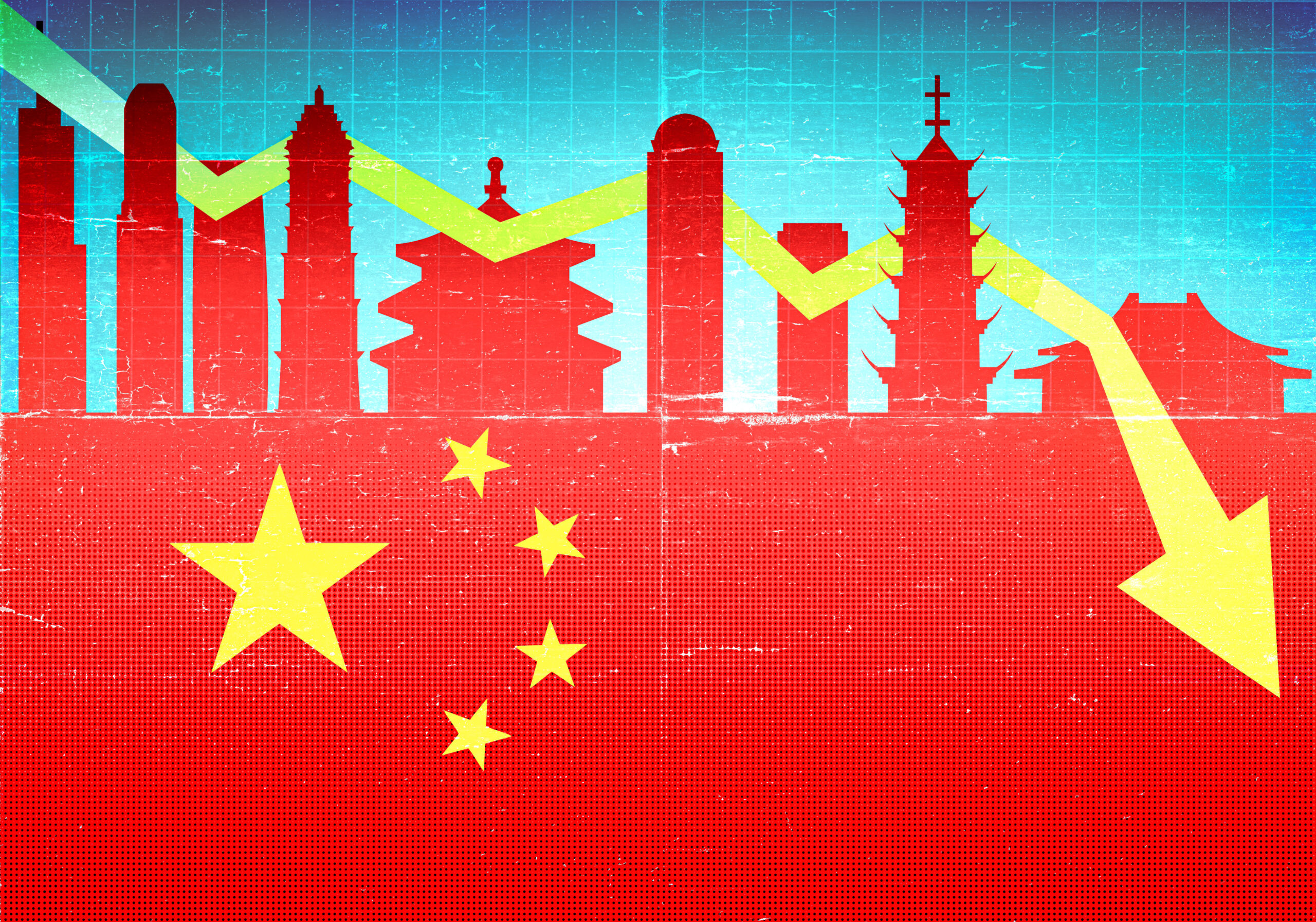
For years PIMCO was driven by the investing acumen of Bill Gross and Mohamed El-Erian. After an acrimonious split with El-Erian in 2014, and unceremoniously dumping Gross the same year, PIMCO’s plan is to replace these titans of the bond industry with some algorithmic software and an office in trendy Austin, Texas. The Wall Street Journal’s Justin Baer writes:
Pimco’s mutual funds had $33 billion in net inflows in 2017, reversing a four-year stretch of client withdrawals, Morningstar said. While Pimco remains one of the world’s biggest investors, with about $1.7 trillion in assets, the firm still manages less than the some $2 trillion it oversaw at the height of the Gross era.
Mr. Roman, Pimco’s chief executive, is placing his bets on computer-driven and private-debt investing, believing those areas offer promise without veering the firm outside its traditional focus on the debt markets.
“Our strategy remains the same: to be the premier fixed-income manager in the world,” Mr. Roman said earlier this month in an interview. “But to do this we need to invest.”
Mr. Roman’s plan isn’t without risk. While most of the firm’s core bond funds are performing well, a slump could lead to questions about whether Pimco should stick to its knitting, clients and consultants have said.
The firm plans to launch a slate of investment funds driven by trading algorithms, he said, but many other initiatives are designed to give Pimco’s traditional portfolio managers an edge in finding profitable trading ideas or lowering costs.
Mr. Roman said Pimco plans to expand its current portfolio-management analytics team. Led by Ravi Mattu, who joined the firm in 2011, the group currently employs about 65 people.
“We’re turning up the volume, so to speak,” Mr. Roman said.
Read more here.




